HS-ETS1-3
Evaluate a solution to a complex real-world problem based on prioritized criteria and trade-offs that account for a range of constraints, including cost, safety, reliability, and aesthetics, as well as possible social, cultural, and environmental impacts.
-
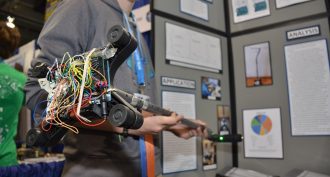 Tech
TechStepping out with a smarter cane
Many older people trip and fall on uneven ground. A Colorado teen has designed a ‘smart’ cane to help seniors avoid dangerous obstacles.
-
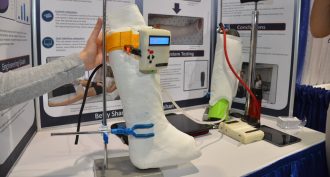 Health & Medicine
Health & MedicineBones: Custom cushioning helps heal a bad break
If the stiff casts encasing broken limbs included an inflatable air bladder instead of a soft lining, costly and painful complications experienced by some patients during healing might be avoided, two teens reported at the 2015 Intel ISEF competition.
By Sid Perkins -
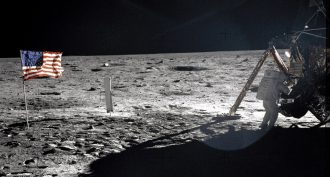 Chemistry
ChemistryCool Jobs: Saving precious objects
Museum conservators are experts at protecting and restoring precious objects. Along with art or history, many also have studied chemistry, physics, archaeology or other scientific fields.
-
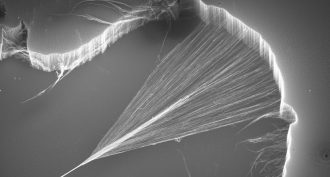 Tech
TechCool Jobs: Big future for super small science
Scientists using nanotechnology grow super-small but very useful tubes with walls no more than a few carbon atoms thick. Find out why as we meet three scientists behind this huge new movement in nanoscience.
-
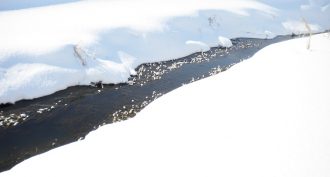 Agriculture
AgricultureDitching farm pollution — literally
An Indiana project shows how fighting fertilizer runoff can save farmers money, protect wild habitats and prevent harmful algae blooms.
-
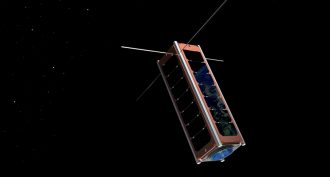 Space
SpaceMini-sats: The trick to spying Earth-bound asteroids?
NASA is supposed to begin nonstop screening by 2020 for all asteroids that could pose a threat to Earth. Some astronomers now think the only way to affordably meet that deadline is by using mini-satellites
-
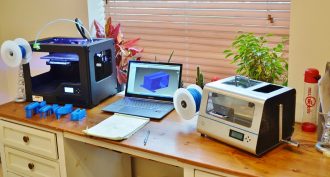 Computing
Computing3-D Recycling: Grind, melt, print!
A new 2-in-1 desktop machine quickly recycles plastic trash into low-cost 3-D printer ‘ink’ at the push of a button.
-
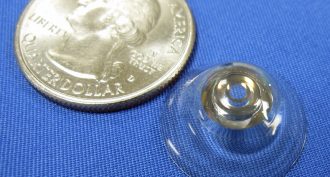 Health & Medicine
Health & MedicineVision-ary high tech
New devices are being developed to improve, restore or preserve the vision of people with eye diseases, such as glaucoma and macular degeneration. One device is a telescopic contact lens than can be zoomed with a wink.
By Sid Perkins -
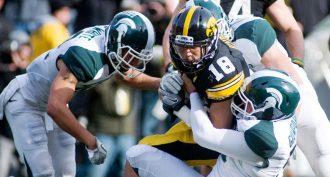 Brain
BrainMagnets may make helmets safer
Magnets in sports helmets could repel players’ heads as they move toward a collision. This should reduce the risk of the hard hits that lead to concussions.
-
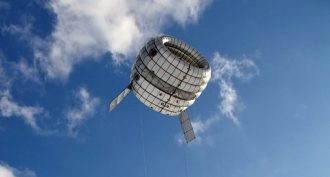 Tech
TechWind power is looking up — to the clouds
Placing wind turbines high in the sky could let them harvest power from the faster, more reliable winds found at altitude.
By Sid Perkins -
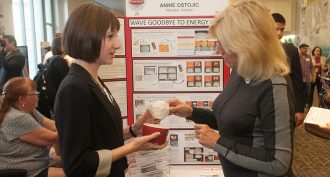
Food can make an appetizing science fair project
Many students think they need a laboratory or special equipment for a winning research project. But finalists at the Broadcom MASTERS competition showed food-based research may require little more than your home kitchen
-
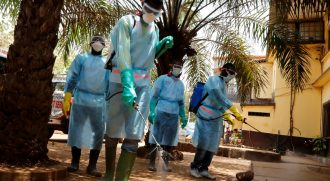 Health & Medicine
Health & MedicineEbola treatments and vaccines could be near
Using experimental medicines against Ebola might help to slow or end an outbreak in Africa that has defied efforts to control it.
By Nathan Seppa